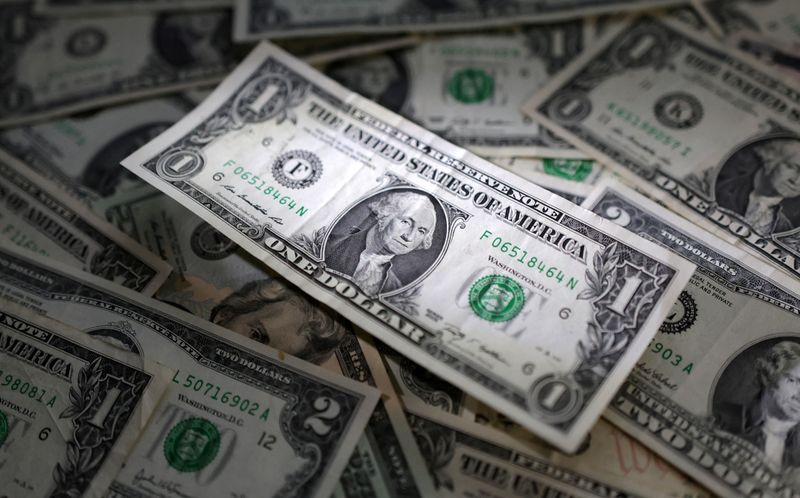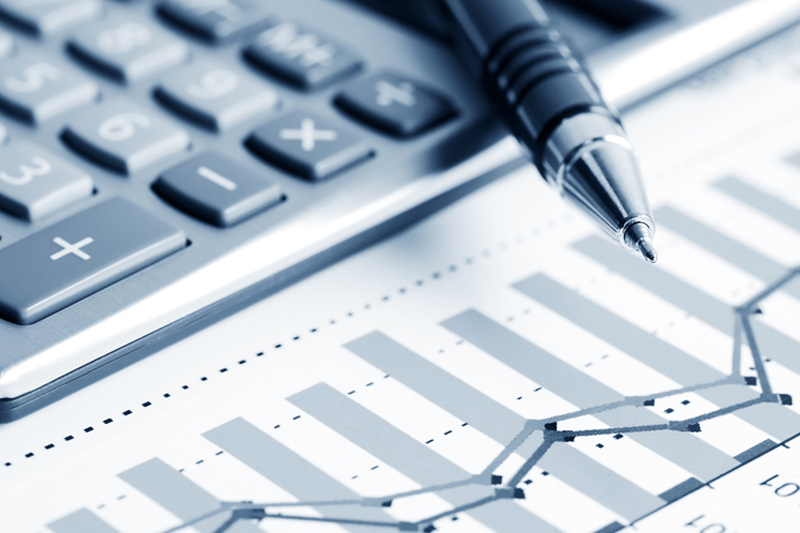By Karen Brettell
NEW YORK (Reuters) -The dollar rose on Thursday despite a soft U.S. producer price inflation report for May, after the Federal Reserve adopted a hawkish tone at the end of Wednesday’s meeting.
Data on Thursday showed US producer prices fell unexpectedly in May, with the producer price index (PPI) falling 0.2% last month after rising an unchanged 0.5% in April. Core prices were flat, having also seen a 0.5% increase the previous month.
It comes after the May US Consumer Price Index (CPI) was softer than economists expected on Wednesday, leading to a sharp sell-off in the dollar.
Combined, the CPI and PPI figures make it likely that personal consumption expenditures (PCE), the Fed’s preferred inflation measure, will also see softening price pressures.
“Today’s PPI follows a softer than expected CPI… which will contribute to what will likely be a somewhat softer PCE deflator when we receive it at the end of the month,” said Marc Chandler. chief market strategist at Bannockburn Global Forex in New York.
But optimism about cooling inflation wasn’t enough to keep the dollar low.
The U.S. currency rallied after Fed officials on Wednesday unexpectedly forecast only one rate cut this year and may have delayed the start of rate cuts until December.
Fed Chairman Jerome Powell said policymakers were content to leave interest rates unchanged until the economy sends a clear signal that something else is needed – via a more convincing drop in price pressures or a rise in unemployment.
Other data Thursday showed that the number of Americans filing new claims for unemployment benefits rose last week to the highest level in 10 months.
The latter rose 0.49% to 105.20. It hit a four-week high of 105.46 on Tuesday before falling as much as 1% after Wednesday’s CPI data.
“It was a bit of an exaggeration, the reaction to that CPI. It was almost a relief that it wasn’t worse. And that caused such a strong knee-jerk reaction,” said City Index market strategist Fiona Cincotta.
Traders had lowered their expectations that the Fed would cut in September after Friday’s employment report for May showed stronger-than-expected job growth, while wages also rose more than expected.
However, these bets were revived after Wednesday’s CPI report.
Fed funds futures traders now see two cuts this year as likely, with a first cut in September seen as a 68% probability, according to CME Group’s FedWatch Tool.
The dollar is likely to remain supportive as the Fed’s policy contrasts with more dovish global central banks.
“I’m not convinced that the top of the dollar is in place with this move,” Chandler said. “We may not have reached the maximum policy difference yet.”
The European Central Bank and the Bank of Canada have started cutting rates and could cut again before the Fed starts easing.
The uncertainty surrounding the European elections is also likely to have a negative impact on the euro against the dollar.
“This political uncertainty in Europe is enough to maintain the dollar bid,” Chandler said.
Far-right parties gained ground in Sunday’s European Parliament elections, prompting French President Emmanuel Macron to call early elections in his country.
The euro last fell 0.65% to $1.0739. It fell to $1.07195 on Tuesday, its lowest level since May 2, before rising to $1.08523 on Wednesday as the dollar weakened.
The yen also fell before the Bank of Japan concludes its two-day meeting on Friday where it will consider tapering its bond purchases, taking a first major step toward shrinking its nearly $5 trillion balance sheet.
The yen in particular has suffered from the large difference between Japanese and American interest rates.

The dollar last rose 0.11% to 156.89 yen.
In cryptocurrencies, bitcoin fell 1.86% to $66,801.


